Comprehensive Analysis of Risk Management in the Modern Workplace
VerifiedAdded on 2022/11/28
|14
|1140
|470
Report
AI Summary
This report delves into the critical aspects of risk management within the workplace, emphasizing its significance in maintaining productivity and employee well-being. It begins by defining risk and exploring both internal and external factors that contribute to workplace hazards, such as conflicts, labor turnover, and changes in market dynamics. The report then examines the impact of these risks, including accidents due to inadequate safety measures and psychosocial threats like depression and anxiety. It highlights the importance of risk management as an essential component of organizational decision-making, enabling companies to proactively identify and eliminate hazards. The core principles of risk management are outlined, including aligning with organizational objectives, defining roles and authority, and ensuring stakeholder contributions. Furthermore, the report details the risk management process, comprising risk identification, analysis, evaluation, treatment, and continuous monitoring. Finally, it discusses various methods of risk management and underscores the advantages of a robust risk management strategy, such as creating a safe environment and efficient resource utilization. The report concludes by emphasizing the importance of risk management for economic growth and long-term stability in a competitive business landscape.
1 out of 14
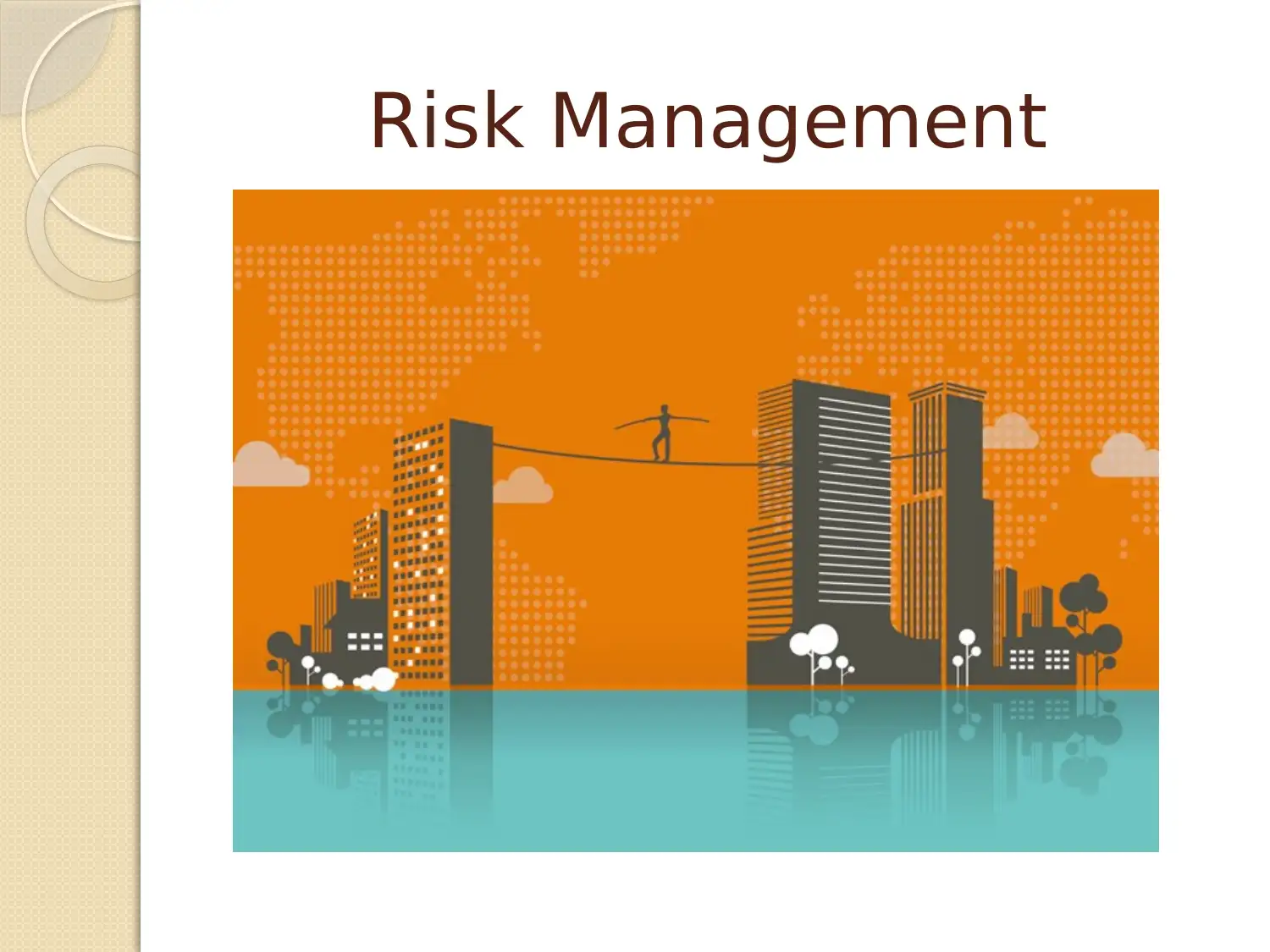
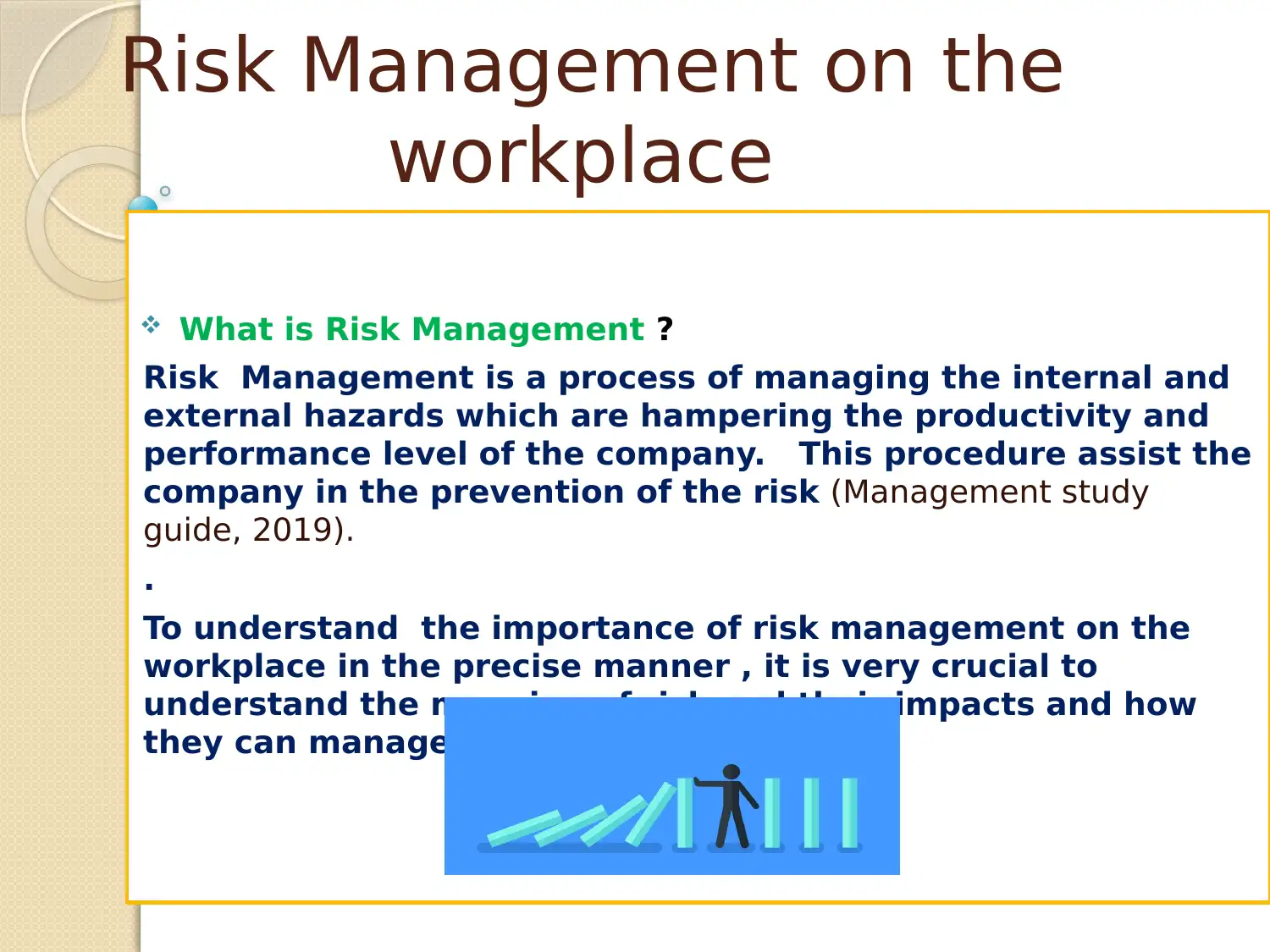
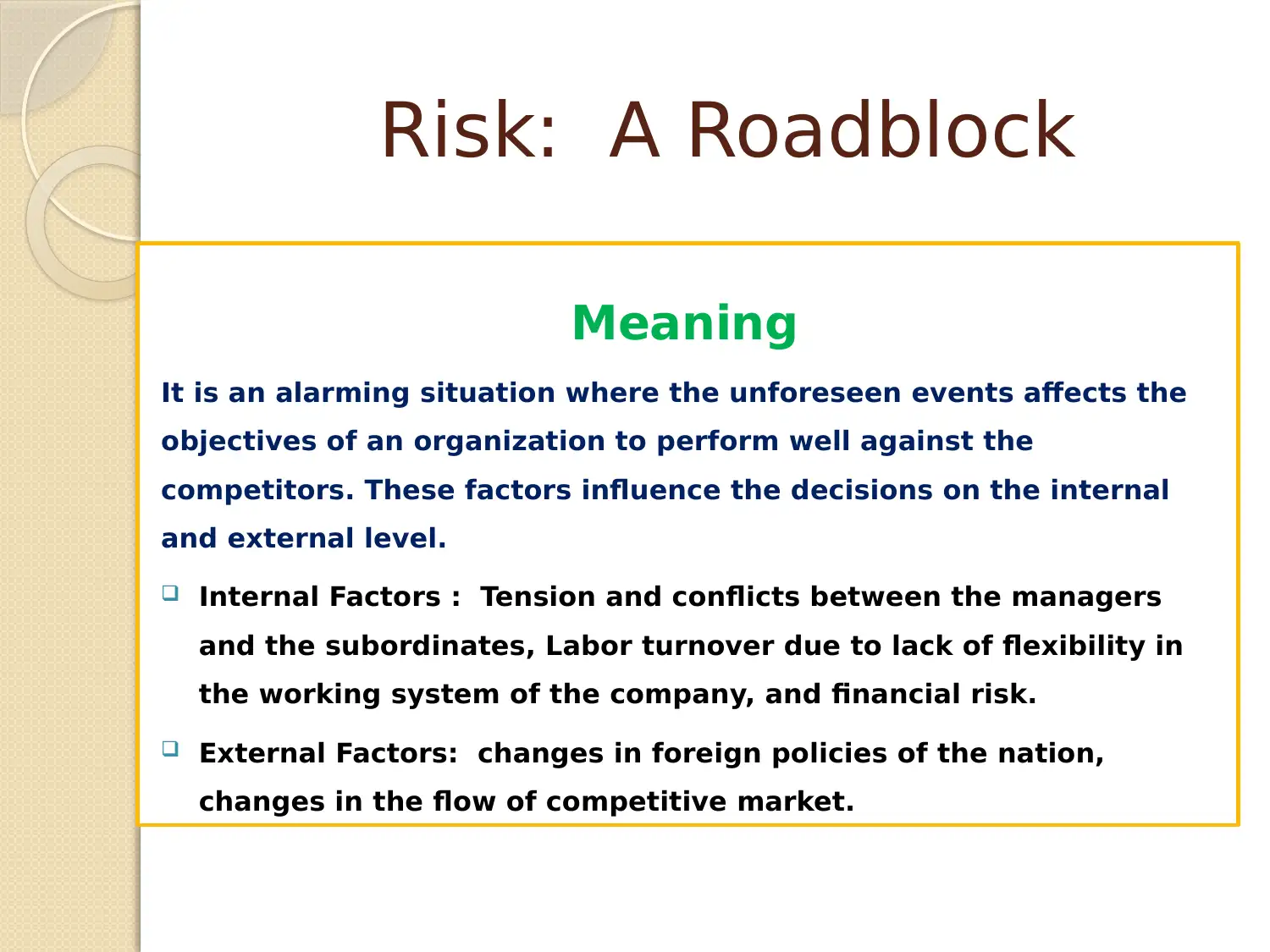


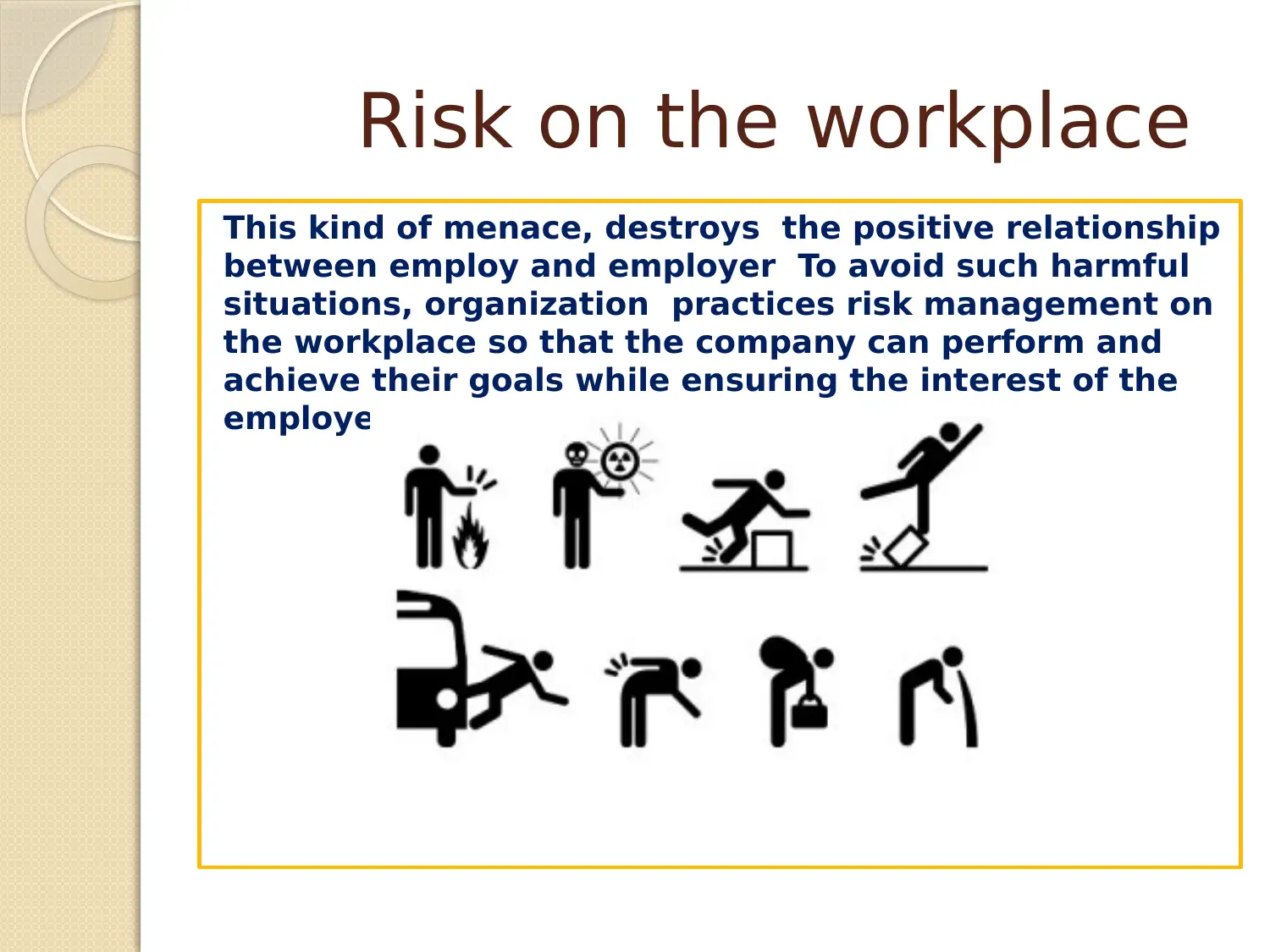
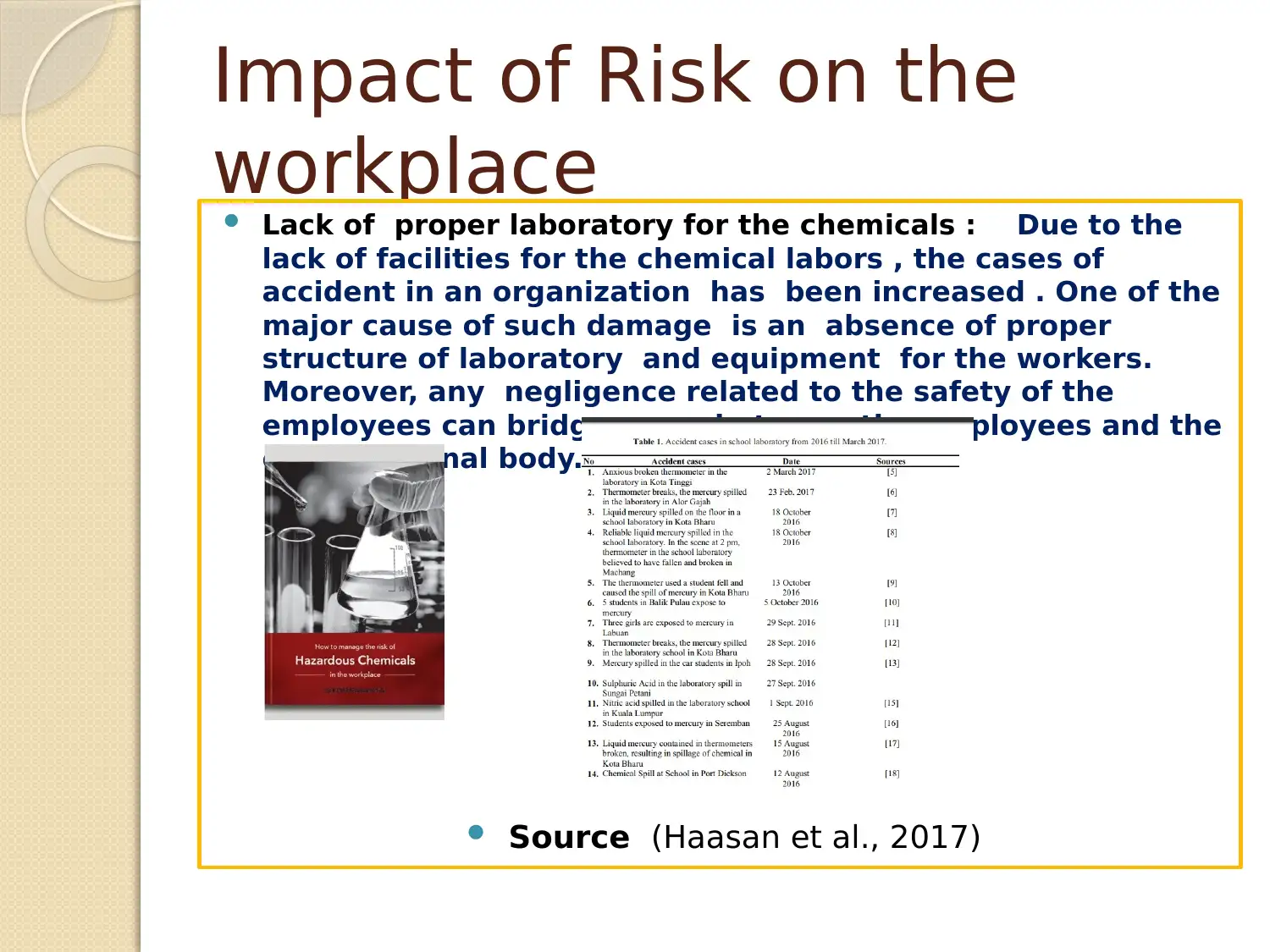
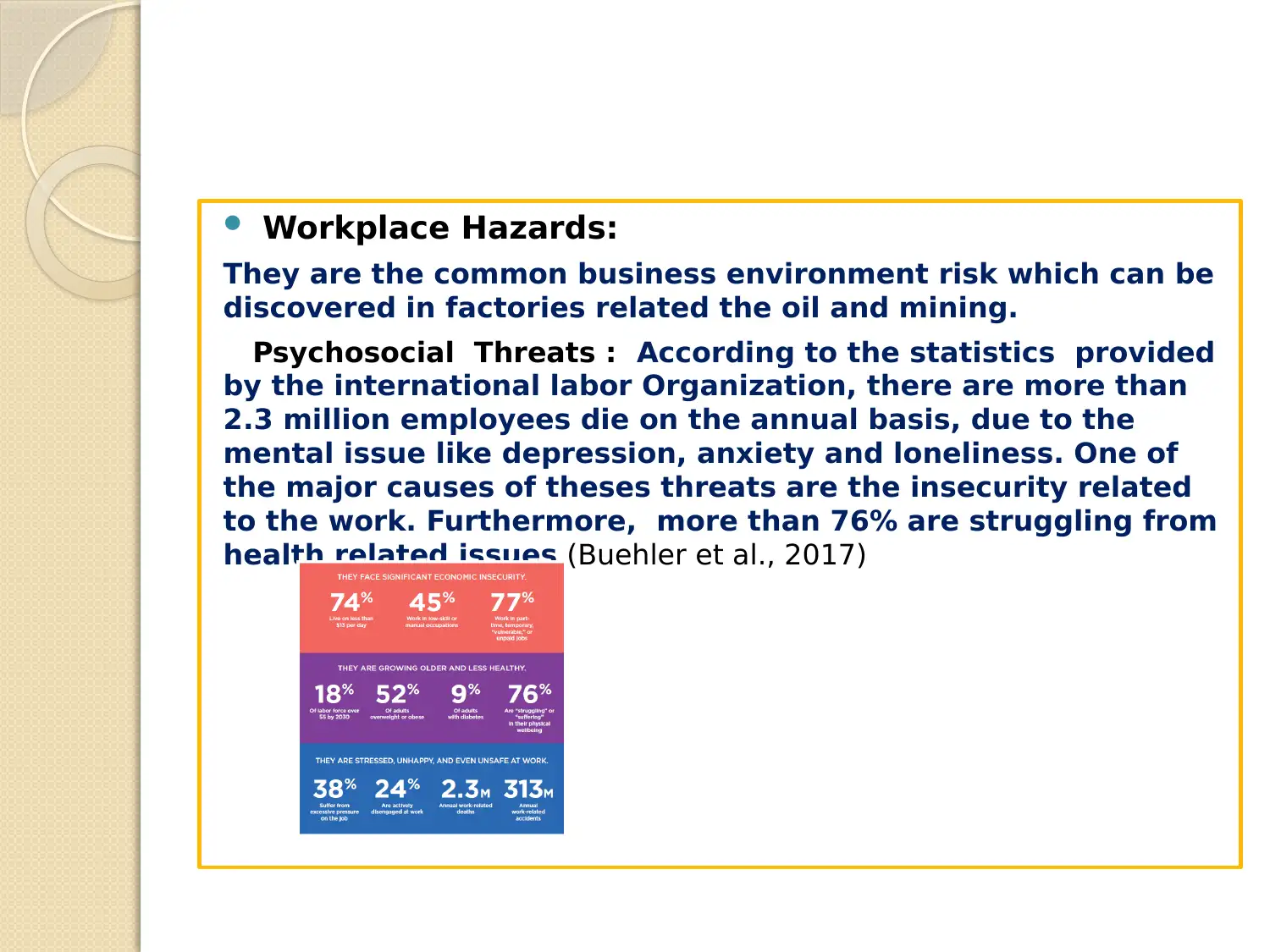

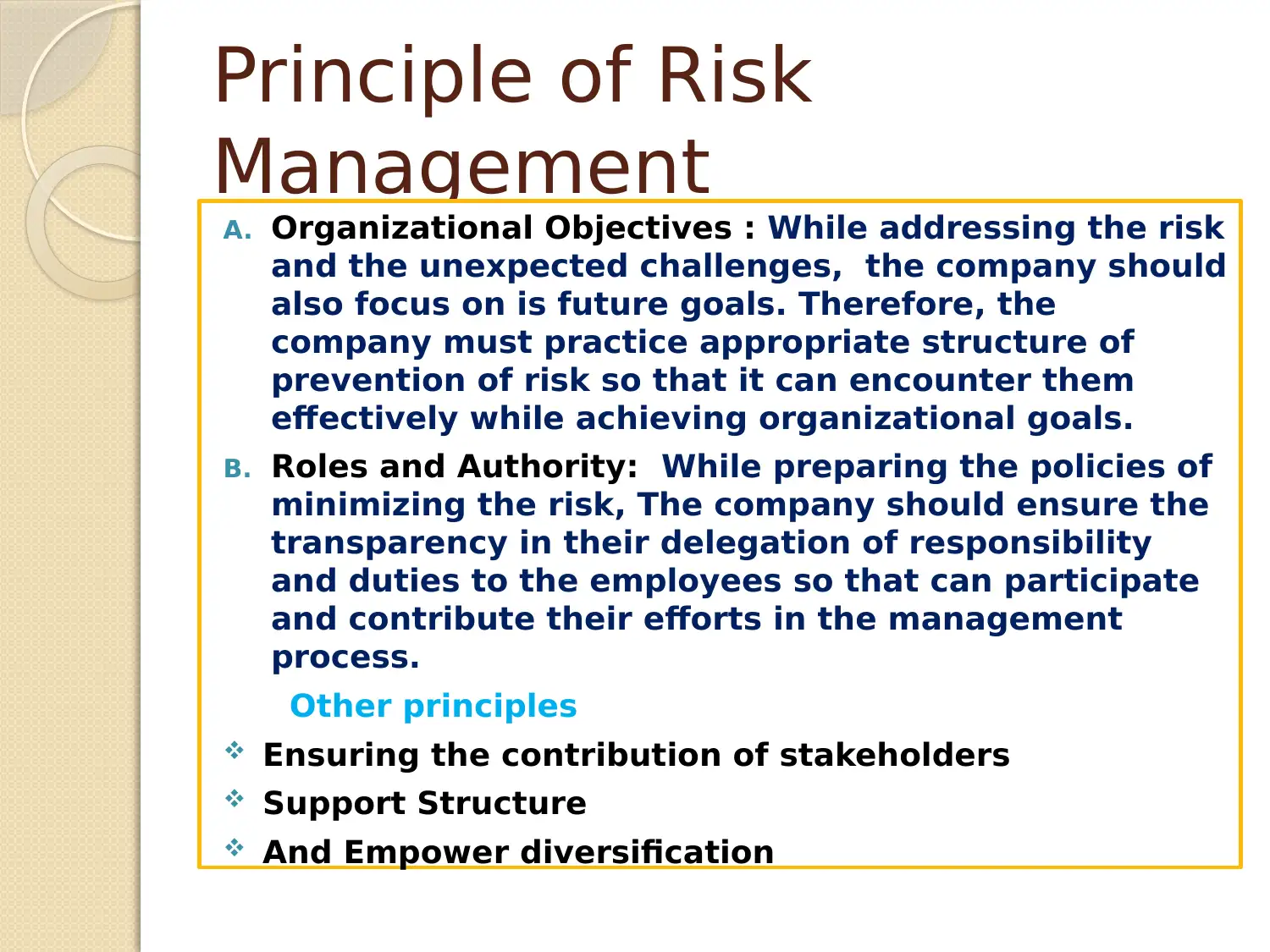
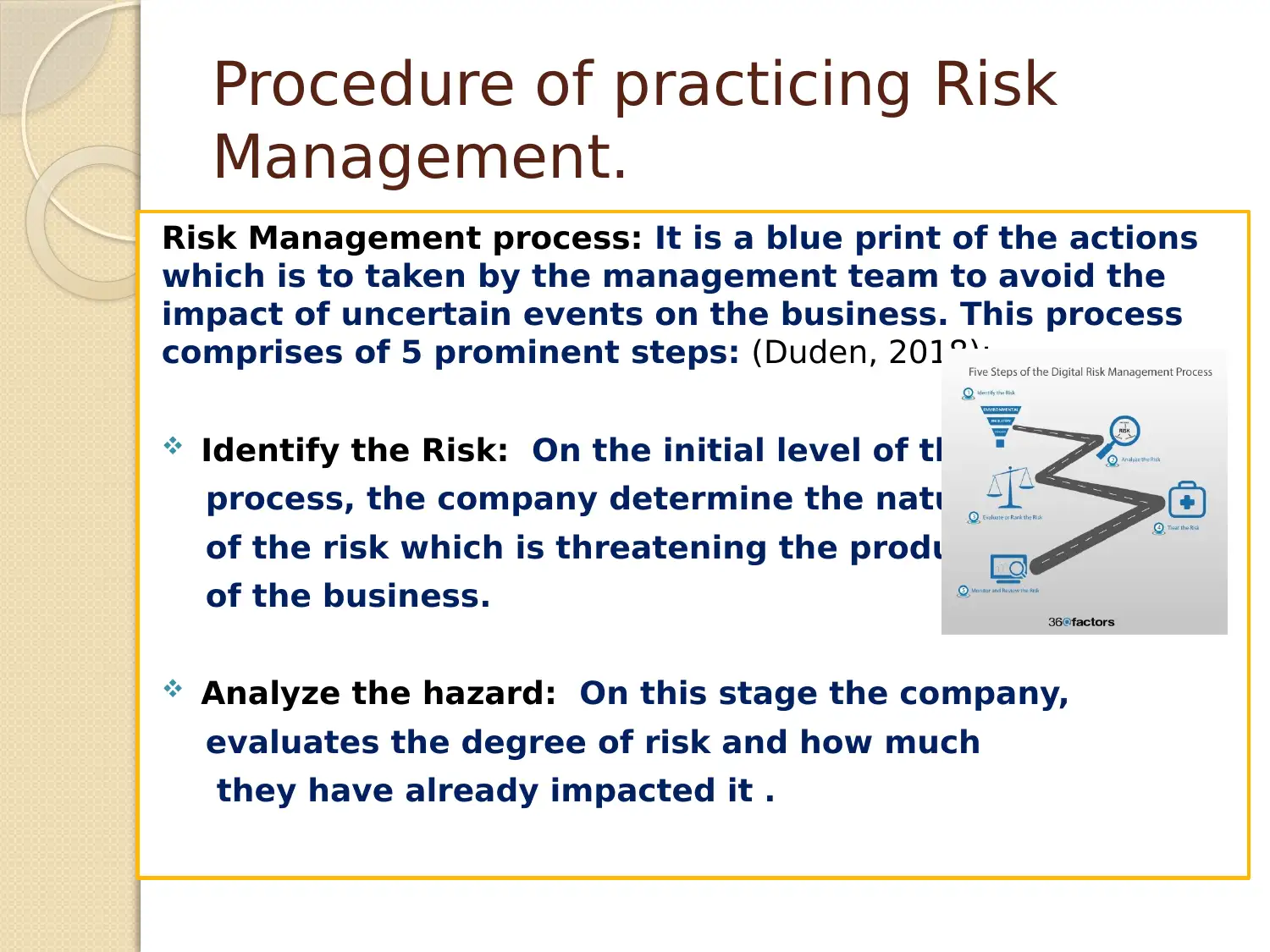
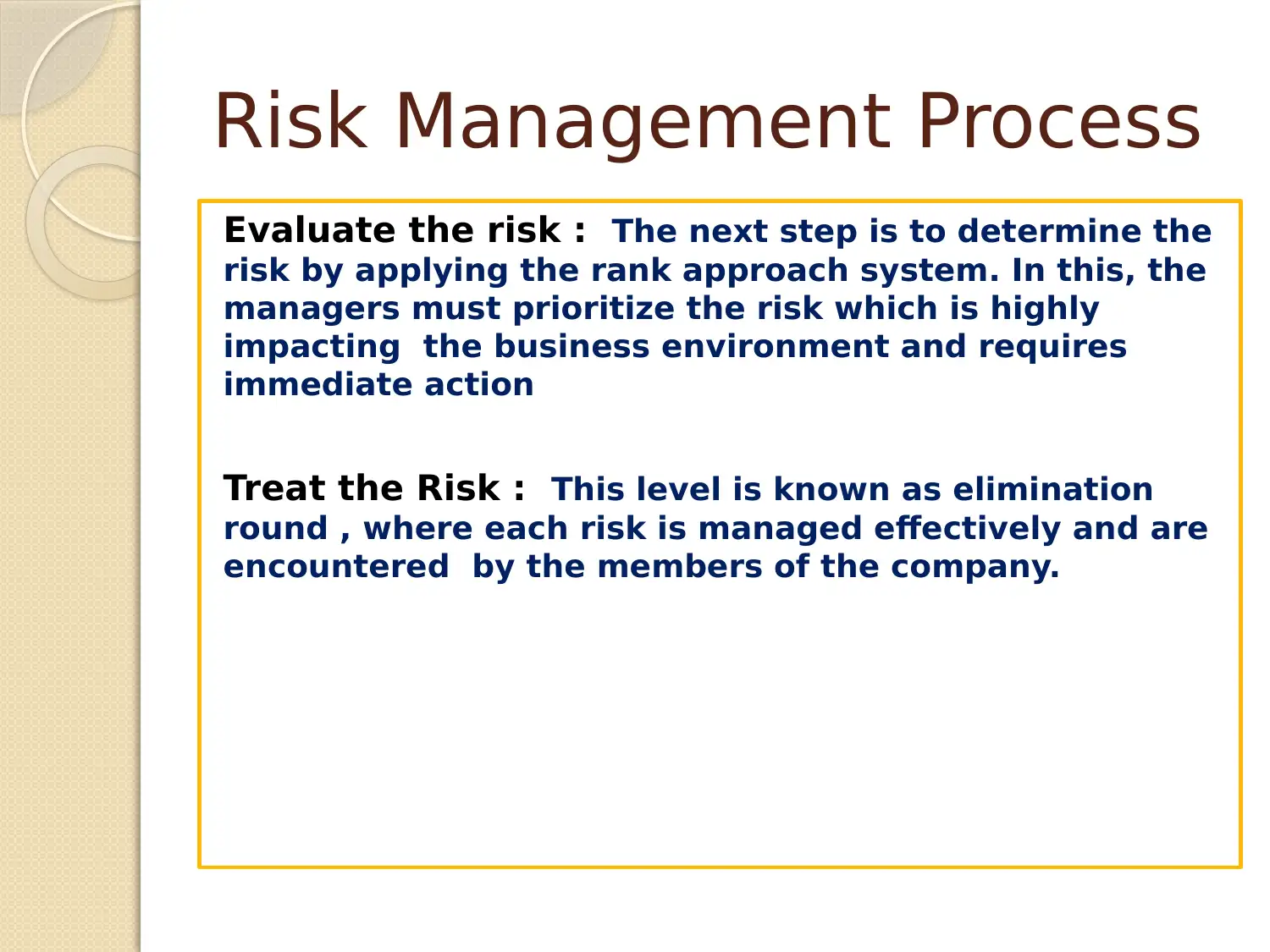







![[object Object]](/_next/static/media/star-bottom.7253800d.svg)